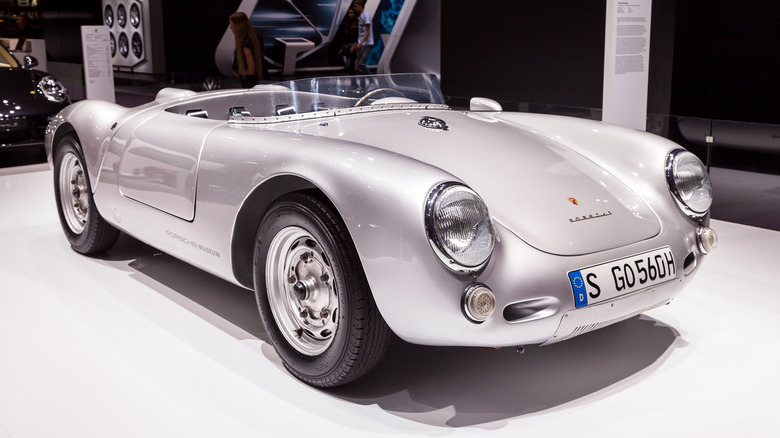While Porsche is known mainly as a high-performance road car maker, the company also has a famous career in racing. Through more than 70 years of history, Porsche’s name is almost always there Steno for Motorsports’s victory, taking the podium in Nürburgring, Le Mans, Daytona, and its surroundings. According to the race leadership body, the company has been walking away with 19 first place medals at 24 hours of Lemans, and 108 class wins from 1970.
Some successful racing cars have been based on road-going vehicles, most of the 911 chassis, while the others are a bespoke prototype. Throughout the 20th century, faster pursuit of laps caused experiments with technology such as turbocharging and drive all wheels, then controlling DriveTrains in the 21st century. Now, let’s bring you through some of the most productive and important porsches to hit the horse racetrack, starting from the beginning to date.
With only 90 built between 1953 and ’56, 550 was among the rarest porsches that had been made. It was also a racing car that was built specifically for the brand, using an aluminum body and steel tube frame (via RM Sotheby). From the production of 356, he inherited a 1.5L air-cooled four-cylinder boxer, first derived from Volkswagen Beetle. This machine is enhanced with a double overhead camshaft, adding horsepower to 110, a lot for 1,200 pound light chassis (via type 550). It is also equipped with a dry crushing oil system to keep the machine run through a long durability race.
550 ran the event at Le Mans, and Rally Millle Miglia Road Italia. This car is known for winning a class victory at Panamericana Caramericana 1954, which stretches nearly 2,000 miles in Mexico. Since then, Carrera’s name has been labeled in many Porsche sports car models, starting with a dual-cam version of 356 (through Bonhams).
One famous driver of 550 is Ken Miles, who will continue to become a leading figure in Ford and Shelby Racing (via Motorsport). Other cars are owned by famous actors James Dean, whose life tragically ended while driving it to the track in 1955. The vehicle was reportedly traveling down the California highway with 85 miles per hour suddenly turned left. Both collided, and Dean died at the scene. Porsche is total, and the rest is gone (Via Hagerty).
Debuted in 1964, 904 was the evolution of the original 550s design. Four boxer engines remain there, but pushed into the middle of the car for a better weight distribution. The displacement also increased to two liters, crashing it up to 153 horsepower (through the Audrain Museum). The fiberglass panel is also used as a substitute for an old aluminum body, maintaining a weight of around 1,500 pounds, and aerodynamic hardtop roof. All of these design elements provide different form cars and can be recognized. More than 100 examples are produced, making it very sought after today.
Carrera began his career with a class victory in Daytona and Sebring, followed by the first and second podium at Le Mans (via Revs Institute). However, the hype around the car died when Porsche released six cylinders of 911 and wrapped in the development of four-cylinder engines. However, the 904th display that is unique and reliable performance gives it a warm place in the memories of Porsche fans.

